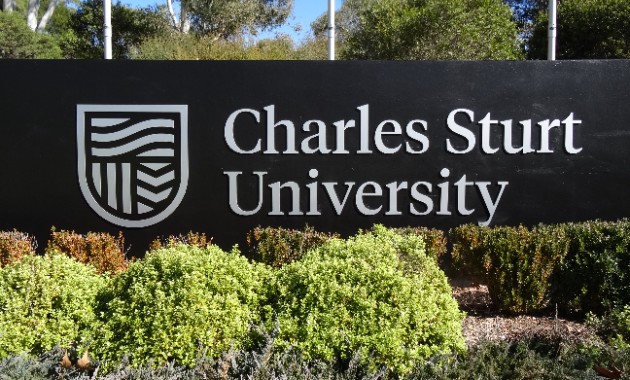A critical point in relations between Indigenous people and the legal system is how Charles Sturt University (CSU) senior lecturer in law, Dr Bede Harris describes the 1992 High Court decision in Mabo v Queensland (No 2).
 Dr Harris from CSU’S School of Accounting and Finance said that prior to Mabo, the accepted position had been that, when the Crown of the United Kingdom took sovereignty over Australia, the country was terra nullius (land of no-one), and that no legal rights survived the arrival of British settlers.
Dr Harris from CSU’S School of Accounting and Finance said that prior to Mabo, the accepted position had been that, when the Crown of the United Kingdom took sovereignty over Australia, the country was terra nullius (land of no-one), and that no legal rights survived the arrival of British settlers. “The fact that Australia was inhabited by Indigenous people was reconciled with legal theory by recourse to the fiction held in the 18th century that ‘inhabited’ meant ‘inhabited by people with systems of law and government recognisable to Western societies’.
“The rule that no legal rights survived colonisation meant that the legal system was constructed on the basis that the Crown had acquired absolute title over Australia’s land, water and off-shore islands, and that Indigenous people had lost all their rights to land,” he said.
Dr Harris said the High Court accepted the claim by the appellant (Eddie Mabo) that he and his people had rights over the Murray Islands in the Torres Strait.
“The High Court altered the common law in so far as it related to land rights by holding that the assumption of sovereignty by the Crown did not, in itself, extinguish the rights of Indigenous peoples over their lands and waters. Those rights were collectively referred to as native title.
“However if the Crown had done something that was incompatible with native title, for example if it had surrendered its rights to someone by granting them freehold title over land, then native title would be extinguished.
“The result is that native title is protected in relation to any lands that are still owned by the Crown, either Commonwealth or State, which essentially means over most of Australia,” he said.
Dr Harris explained that Indigenous people who can prove an historical connection to a particular area may lodge a native title application, using procedures contained in the Native Title Act 1993 (Cth) and parallel State legislation.
“The content of the rights that are claimed may vary widely, from occupation, to hunting, to preservation of sacred site to passage over the land.
“Although this has had little or no application in urban areas, or on those farms where ownership has been transferred to people by the Crown, it has had implications for the Commonwealth and State governments, for people who lease Crown lands, and for mining companies applying for licences to exploit mineral rights,” he said.
Holders of Crown leases, such as graziers and mining companies, have had to take native title claims into account in planning their developments, Dr Harris said.
“Most seek to negotiate with native title claimants so as to obtain agreement as to how native title rights will co-exist with proposed developments, often paying compensation in exchange for limitation of native title rights over certain areas,” he said. “However in cases where agreement cannot be reached, a determination will be made by a court.”
“The decision in Mabo marked a critical point in relations between Indigenous people and the legal system, removing for the former a significant injustice that had occurred at the time of colonisation.”





Social
Explore the world of social